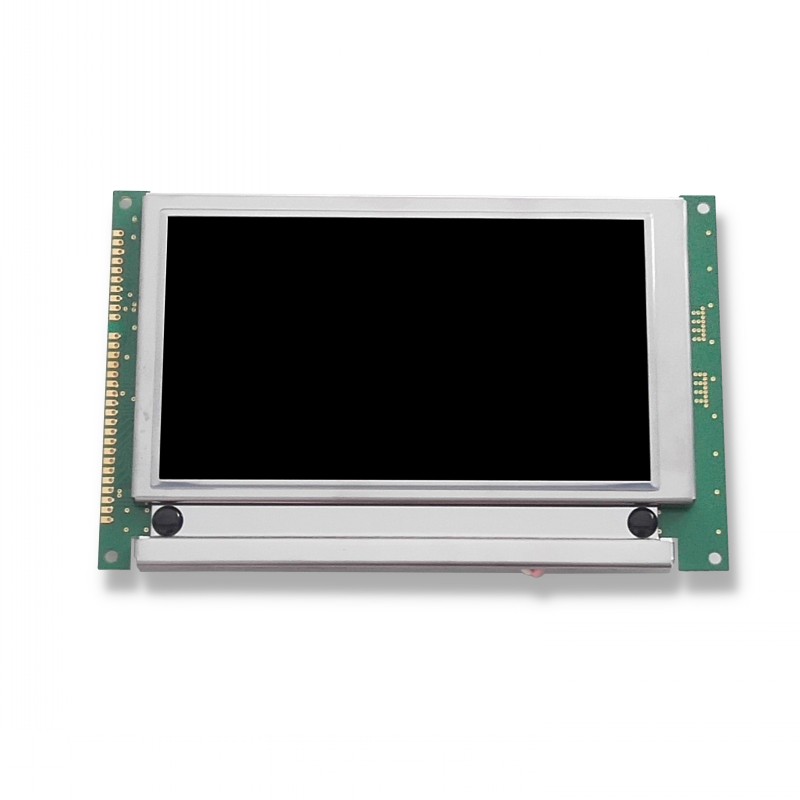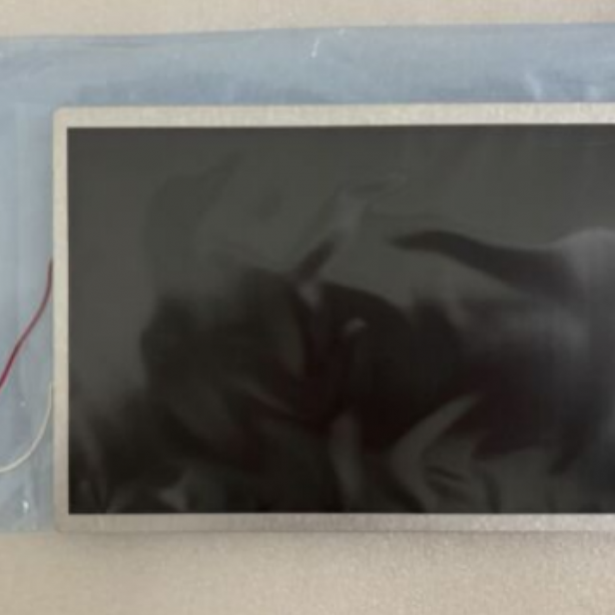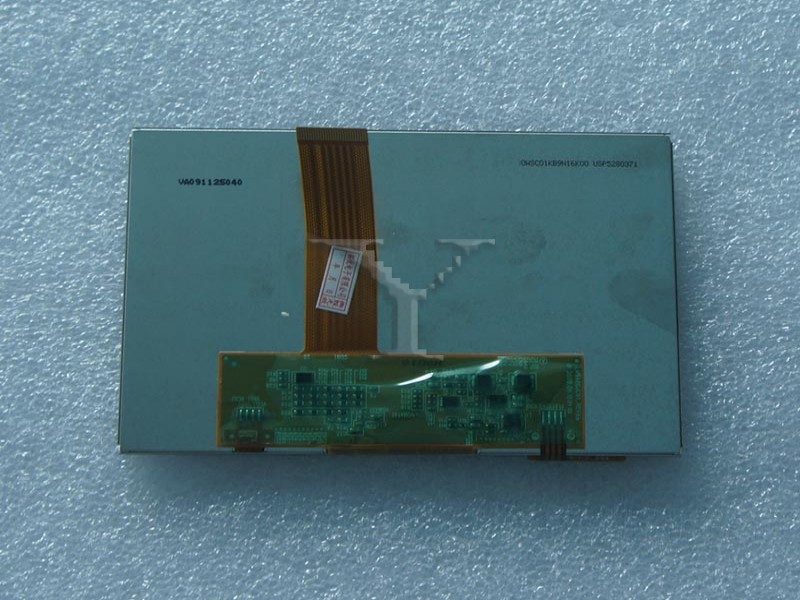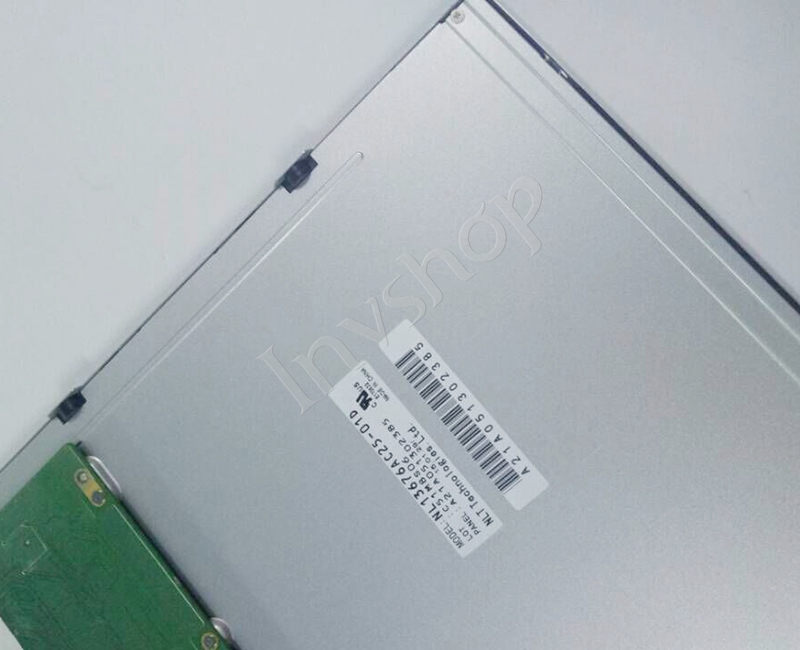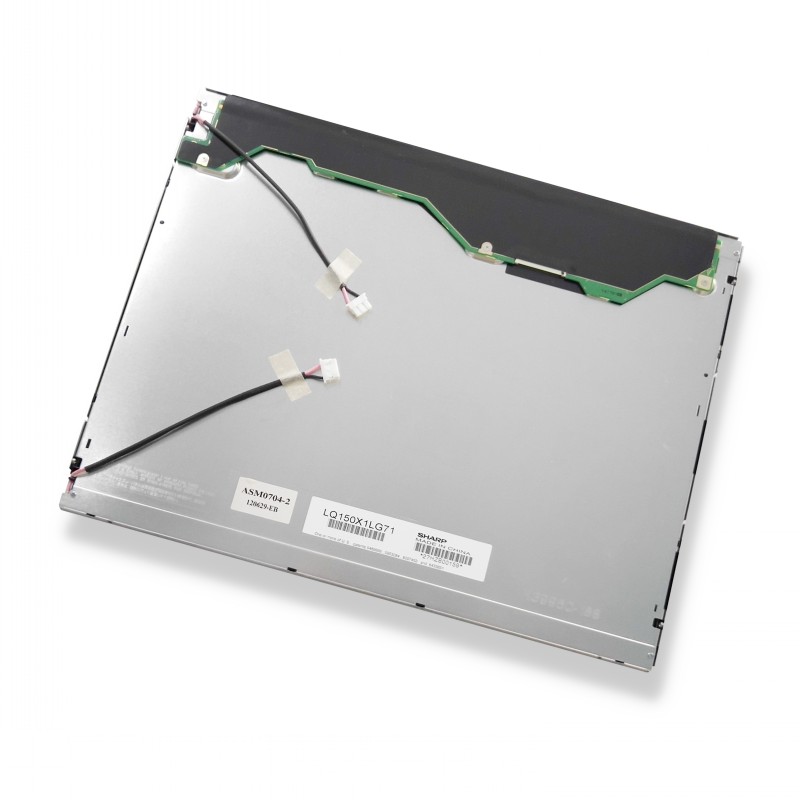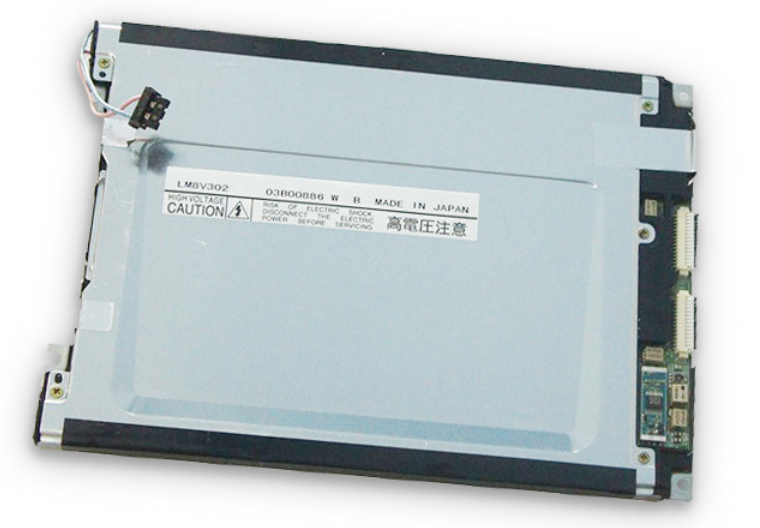Produkte Klassifizierung
- Industrie-LCD-Display
-
Industrial Products
- DC Servo Drive
- AC Servo Drive
- other
- Heidelberg
- FANUC
- IFM
- Meter
- CCD
- Membrane Keypad
- Film
- YOKOGAWA
- Card
- ABB
- MITSUBISHI
- FANUC
- KEYENCE
- BECKHOFF
- Honeywell
- HOLLYSYS
- FUJI servo drives
- HP
- solenoid valve
- thermostat
- Siemens adapter
- color oscilloscope
- Fujitsu connector
- CHELIC
- SMC
- CISCO
- INTEL
- Key board
- FAIRCHILD
- Der Aufsichtsrat
- Board
- Bearing
- other
- Control Panel
- Contactor
- Circuit
- Omron
- Relais.
- Der controller
- Optoelektronische schalter
- Optoelektronische sensoren
- Original
- Fan
- Motortreiber
- Endschalter
- Verstärker
- power supply
- LENZE
- Cable
- Encoder
- Sensor
- Transformator
- Fiber Optic Sensor
- Schutzrelais
- Temperaturregler
- Näherungsschalter
- Switch Sensor
- Siemens
- PCB
- HMI Touch-Glas
-
HMI-Vollautomat Ganze Einheit
- OMRON HMI Touch Panel
- Siemens HMI Touch Panel
- Mitsubishi HMI Touch Panel
- Allen-Bradley Automatisierung HMI Touch
- DELTA HMI Touch Panel
- EVIEW DELTA HMI Touch Panel
- KINCO DELTA HMI Touch Panel
- HITECH HMI Touch Panel
- WEINTECK HMI Touch Panel
- TECVIEW HMI Touch Panel
- WEINVIEW HMI Touch Panel
- PRO-FACE HMI Touch Panel
- SIMATIC HMI Touch Panel
- AMPIRE HMI Touch Panel
- HEIDELBERG HMI Touch Panel
- PANASONIC HMI Touch Panel
- PATLITE HMI Touch Panel
- KYOCERA HMI Touch Panel
- KEYENCE HMI Touch Panel
- WEINVIEW HMI Touch Panel
- HITECH HMI Touch Panel
- FUJI HMI Touch Panel
- HAKKO HMI Touch Panel
- SCHNEIDER HMI Touch Panel
- SAMKOON touch panel
- andere
- Module
- LCD Wechselrichter
- Membran Tastenfeld Schalter
- Winni Touch Screens
- Frequenzumrichter
- Servo Motor
- PLC
Empfohlene Produkt
Homepage » news
|
Liquid crystal displays could become cheaper, thinner, lighter and more flexible thanks to a paint-on LCD-making technology being developed by researchers at Koninklijke Philips Electronics. Researchers at the Amsterdam consumer-electronics company say they have devised a way to "paint" LCDs. A liquid crystal-polymer mix is applied to a surface, such as a sheet of plastic film, and exposed to two doses of ultraviolet radiation, to form first the walls and then a cover for each of the display's pixels. The process replaces the need to sandwich the liquid crystals between glass plates, which is what is done for existing LCDs. Carefully connecting the glass pieces and filling the space with liquid crystals in a process called "vacuum suction," is complex, time consuming and expensive, Philips said. With the new technique, called "photo-enforced stratification," the complete display is built from the bottom up on a single substrate by coating all functional layers on top of one other, Philips said. The research team, led by Dirk Broer of Philips Research, has painted a passive-matrix black-and-white display measuring 100 x 100 millimetres on to a piece of glass. The next task for the team is to paint larger and better-quality displays on various surfaces, Koen Joosse, a spokesman for Philips Research, said. "Right now you can't compare this with what you have on a notebook PC, but this technology is suitable for high-quality LCDs. The next steps are scaling up to larger displays and showing it on different substrates, such as plastic or fabric. We also want to go to active matrix and colour," he said. Support for flexible substrates could revolutionise LCD manufacturing, now tied to the rigid glass plates. Displays on plastic foil could be manufactured in a reel-to-reel process where large sheets run continuously through the manufacturing process. This is the ultimate low-cost, large-area manufacturing solution, according to Philips. Philips sees the new technology being used in phones, on clothes and even on flower vases. However, it will be years before the paint-on LCDs come out of the research labs, said Joosse. "This technology will be in a research stage for a while," he said, adding that existing LCD manufacturing plants are not equipped to manufacture using this new process. Philips is not the only company working on alternative ways to make LCDs. IBM is active in the field and Seiko Instruments last year used a curved display based on a flexible plastic substrate in a watch. However, Philips claims to be the only company that can make the ultra-thin paint-on displays. |





